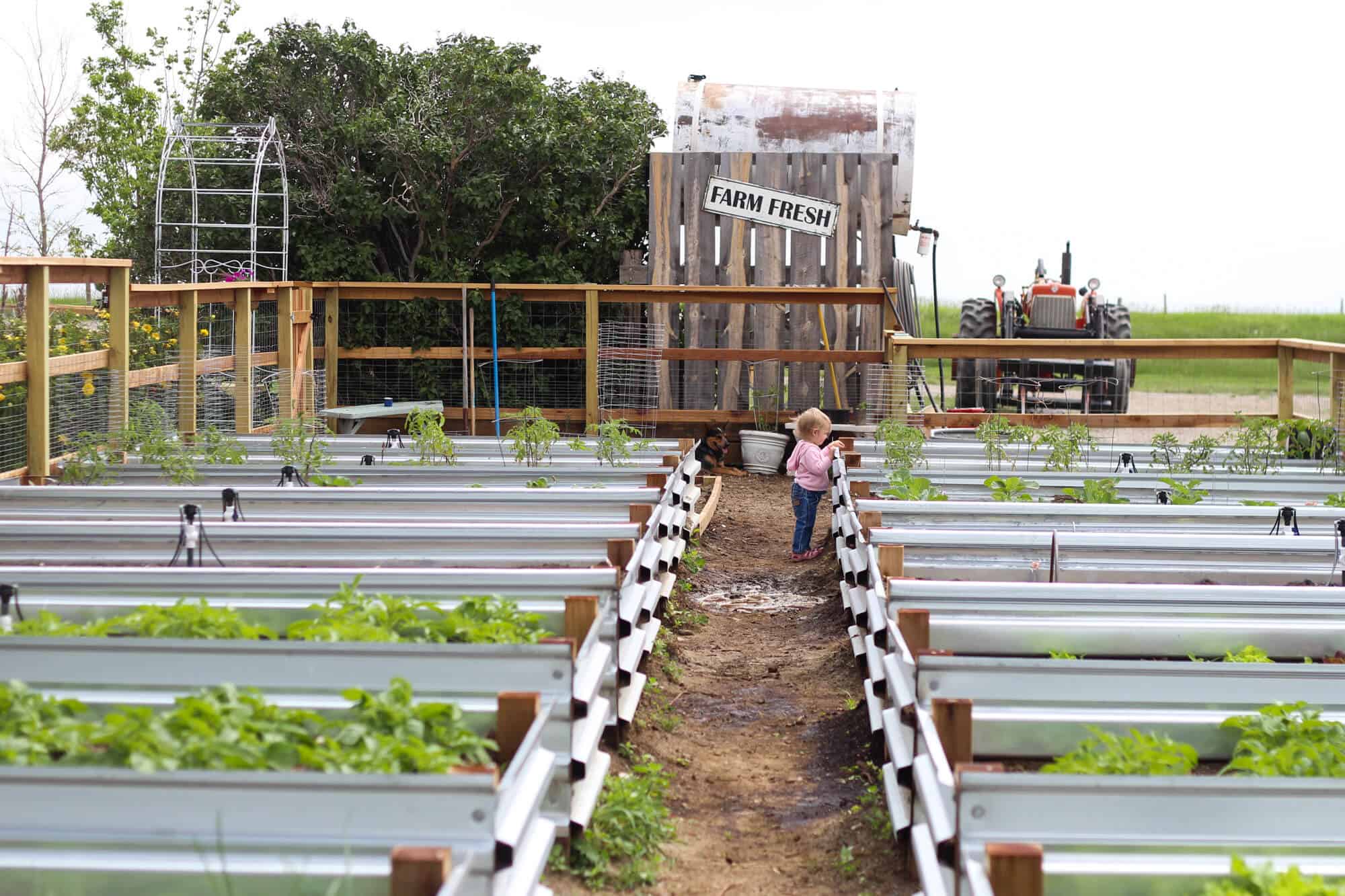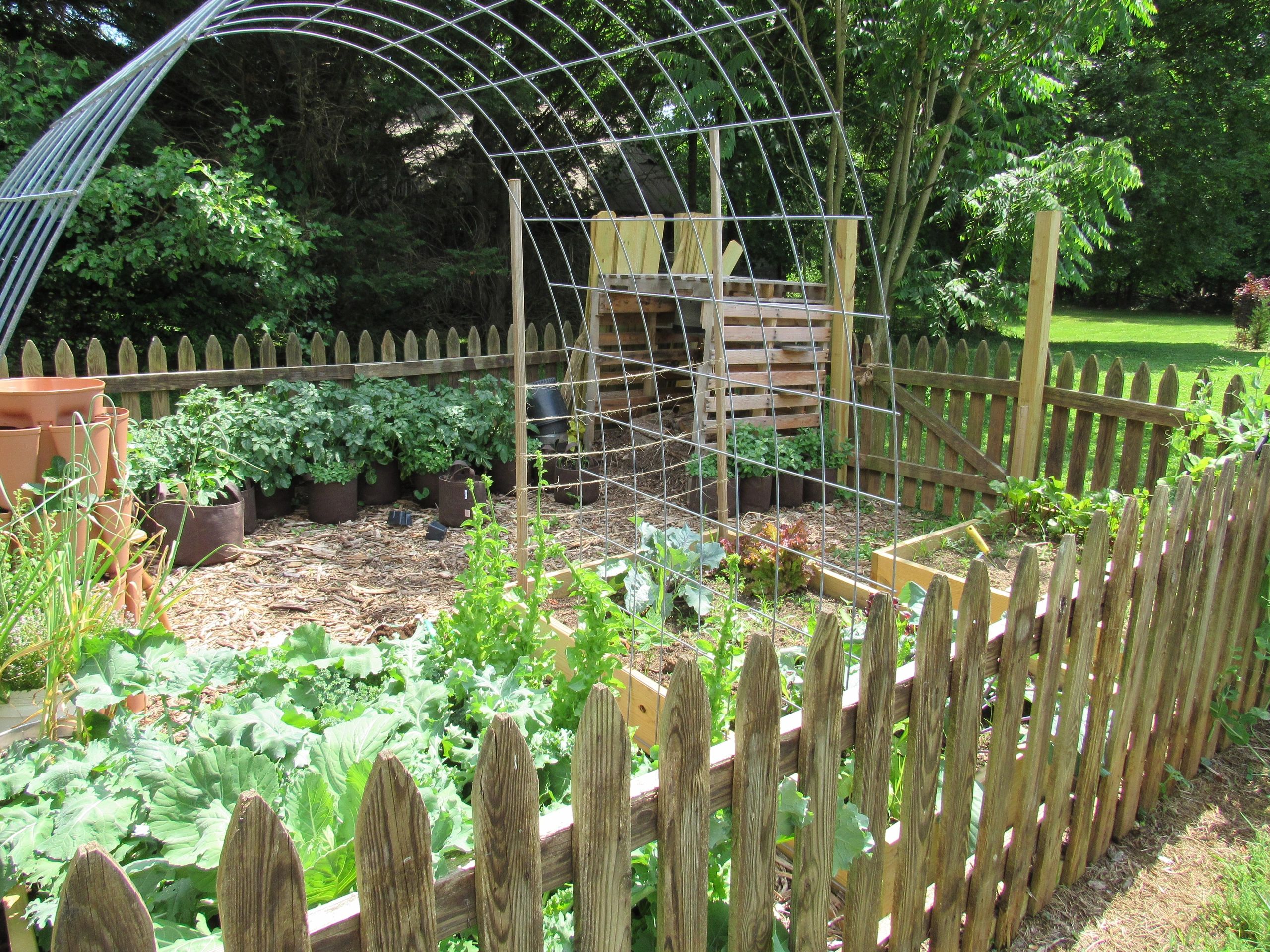Discover the Tricks to Creating a Effective and attractive Horticulture Space
Creating a productive and beautiful gardening room is not just a matter of planting flowers and vegetables; it needs a tactical technique that includes various essential elements. From choosing the right location based upon sunlight and dirt type to thoughtfully creating your format and choosing suitable plants, each choice plays a pivotal role in the success of your garden. Moreover, recurring upkeep is necessary to maintain its beauty and performance. As you consider these elements, take into consideration exactly how they link to open the complete potential of your gardening undertakings. What certain methods can raise your room beyond the regular?
Selecting the Right Area
Picking the suitable location for your yard is important to its success and overall visual allure. The first action in this procedure involves analyzing sunlight direct exposure, as many plants call for at the very least 6 hours of straight sunlight daily (Homestead Gardening). A south-facing garden typically receives the most light, while shaded locations can hinder development and flowering
Additionally, take into consideration soil quality and drain. Well-draining soil is vital to protect against water logged roots, which can lead to plant diseases. Performing a soil examination can provide important information pertaining to pH levels and nutrient content, enabling you to modify the dirt appropriately.
Furthermore, proximity to water sources is one more variable to evaluate - Homestead Gardening. Having very easy access to a hose pipe or irrigation system can simplify the watering process and encourage regular plant treatment. Wind protection is also crucial; positioning your yard near frameworks, such as fences or wall surfaces, can shield it from rough winds that might harm delicate plants
Last but not least, take into consideration accessibility for upkeep and harvesting. A well-placed yard enables for convenient accessibility, ensuring that you can quickly often tend to your plants without creating undue tension or disruption. Thoughtful location selection lays the structure for a prospering garden.
Choosing Plants Sensibly
When choosing plants for your garden, it's vital to think about aspects such as climate, soil problems, and individual choices to make certain a unified and productive area. A comprehensive understanding of your regional environment will certainly direct you in choosing plants that flourish in your specific environment. As an example, picking drought-resistant varieties is helpful in deserts, while moisture-loving varieties might be better suited for areas with high rainfall.
Soil problems are equally vital; carrying out a soil examination can reveal pH levels and nutrient web content, permitting you to choose plants that will certainly grow. Indigenous plants are typically a superb choice, as they are commonly well-adapted to local soil kinds and require less upkeep.
Show on your personal preferences-- selecting plants that resonate with your aesthetic tastes will enhance your pleasure and dedication to maintaining your garden. By meticulously examining these elements, you can produce a growing and diverse plant choice that elevates your gardening experience.
Creating Your Garden Format
With an attentively chosen plant selection in hand, the following step is to create a yard format that makes best use of both beauty and performance. Begin by analyzing the offered area, thinking about variables such as wind, sunlight, and color patterns. A well-planned design must integrate different zones, consisting of areas for planting, pathways, and possibly seating.
Begin with larger plants or focal factors, such as trees or high perennials, This Site positioned tactically to produce aesthetic interest. Layer smaller sized plants ahead to boost depth and appearance. Think about the growth routines of your selected plants; taller ranges should be positioned at the back or center of beds, while shorter ones can line the edges.
Integrating pathways not just promotes access for upkeep but also invites exploration. Usage materials that enhance the garden's general aesthetic, whether wood, rock, or gravel chips.
Additionally, think of seasonal modifications and how your format will certainly look throughout the year. Including evergreens alongside seasonal blossoms can make certain year-round charm. Inevitably, a well-designed yard layout balances the all-natural charm of plants with practical factors to consider, leading to a space that is both inviting and efficient.
Enhancing Soil Health And Wellness

To enhance soil health, start by conducting a soil examination to assess pH levels, nutrition material, and soil structure. This will certainly educate your modifications. Incorporate natural issue such as garden compost, well-rotted manure, or leaf mold and mildew to enhance soil framework, water retention, and microbial activity. Furthermore, exercising plant rotation can avoid nutrient exhaustion and lower insect and illness stress.
Mulching is another reliable method; it not just saves dampness yet also subdues weeds and gradually enhances the dirt as it damages click site down. Preventing excessive husbandry is crucial, as it can interfere with dirt structure and damage helpful organisms. Instead, adopt no-till or very little tillage techniques to preserve soil stability.

Keeping Your Garden Properly
A properly maintained garden provides satisfaction and performance, calling for constant focus to ensure that plants grow and the landscape stays welcoming. Efficient garden maintenance includes numerous essential practices that improve the wellness of your plants and the general aesthetic of your area.
Routine watering is essential; nevertheless, it is essential to customize your watering routine based on the specific demands of your plants and regional environment problems. Mulching can assist preserve moisture, subdue weeds, and control soil temperature. Timely weeding avoids competitors for resources and nutrients, ensuring that your plants flourish.
Pruning is an additional vital job. It motivates healthy growth, eliminates infected or dead branches, and forms plants to keep an appealing structure. Additionally, monitoring for conditions and bugs is important; early detection and intervention can conserve your plants from considerable damages.
Fertilization should be carried out thoughtfully, making use of organic choices whenever possible to promote this link long-term dirt health and wellness. Finally, seasonal jobs such as planting, dividing perennials, and planning for winter season will guarantee your garden stays dynamic year-round. By following these methods faithfully, you can cultivate a garden that is both attractive and effective.
Verdict
In conclusion, the creation of a attractive and effective gardening room calls for mindful factor to consider of several crucial elements. Picking an ideal place with adequate sunlight, picking suitable plants, designing a cosmetically pleasing design, improving soil wellness, and making sure normal upkeep are important components. By integrating these practices, one can cultivate a thriving garden that not only improves the landscape however also advertises ecological balance and sustainability. Such a strategy ultimately leads to a satisfying horticulture experience.
From picking the right area based on sunlight and dirt type to attentively creating your format and choosing appropriate plants, each choice plays an essential function in the success of your garden. Well-draining dirt is important to stop waterlogged roots, which can lead to plant illness.When selecting plants for your yard, it's vital to think about elements such as climate, soil problems, and personal preferences to make sure a unified and efficient space. Inevitably, a properly designed garden format balances the natural appeal of plants with functional considerations, resulting in a space that is both inviting and productive.
